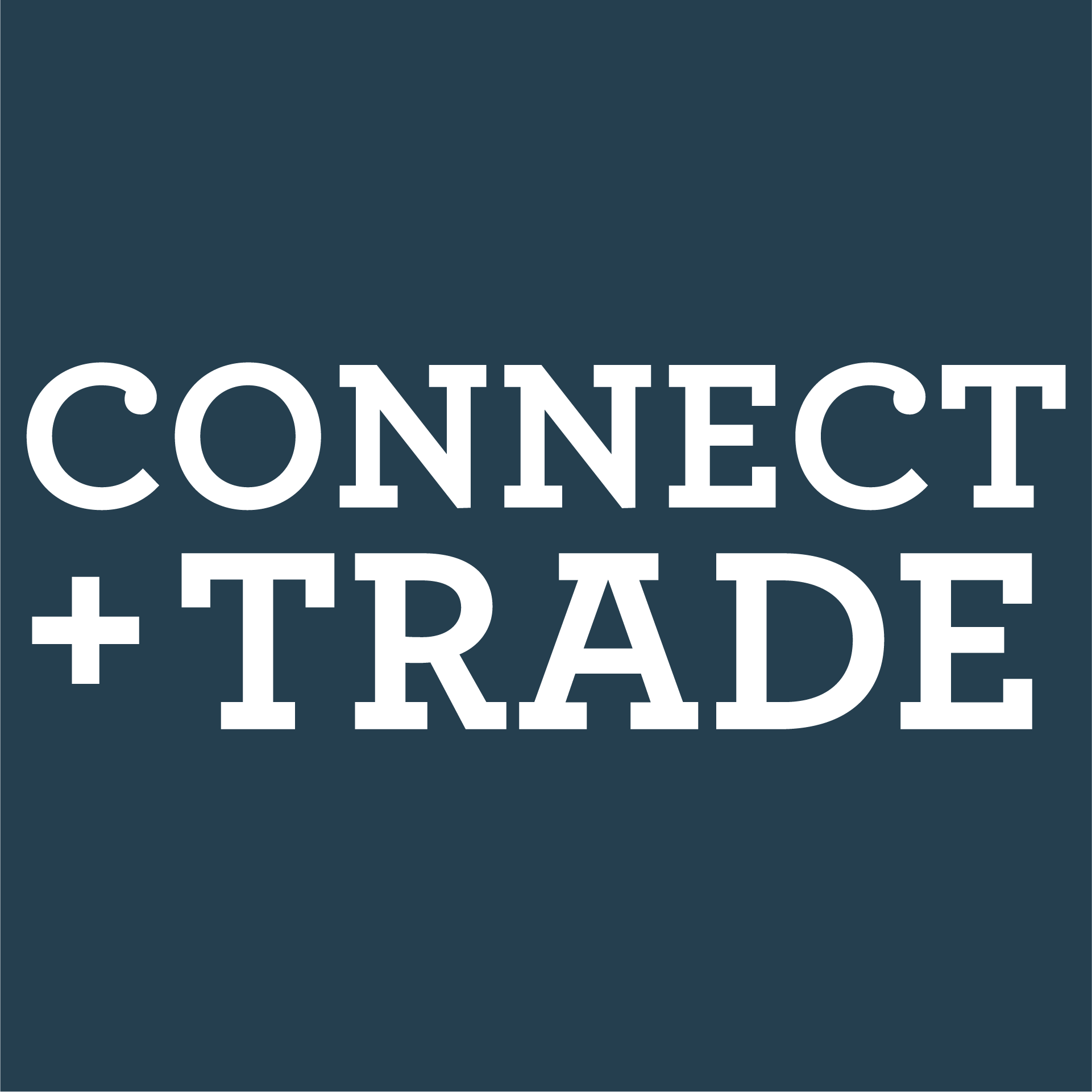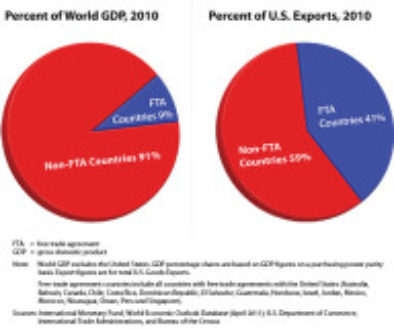Regardless of what country you live in, at least 80 percent of consumers live somewhere else. That is too many potential new customers for you to ignore. Millions of them share interests with your existing customers, can be reached online, and can pay for your products. 7 billion people in 200 or so markets is a bit of a broad target though, so here are four steps to finding the best export markets for your products:
1. Finding the markets that are best in general
Some markets are just better than others. Some are worse. At Connect + Trade we have developed an export market ranking based on factors like population, GDP (total and growth), cost to export to, penetration of Internet, Facebook, and Google, shipping and payment options, and free trade agreements. There are many more ways to compare countries, but we think this is a good starting point. Click here for the top 30 markets according to our 2014 export market ranking.
2. Finding the markets that are best for you
What makes a market better for you specifically? The most obvious answer is already having or having had sales there. Having experience with and/or contacts in a market is another obvious one, as is proximity to your home market. Data such as traffic to your website, followers, and engagement on social media can also include strong signals about interest and advantage. Markets where they speak the same language as those you already do business in are similarly at an advantage.
If your product is already certified and approved for sale in one EU market, then that is an advantage for all EU markets. For example, if your product is already approved and sold in Spain that means the rest of the EU is worth considering, as are other Spanish-speaking markets.
Finally, the more you know about your existing customers, the easier it is to find markets where there are a lot of similar people. A great tool to learn more about your customers is Facebook’s Audience Insights where you can create an audience from Facebook pages, email lists, or website visitors and learn more about who they are and what they have in common. Once you know what they have in common you can start looking for markets with similar people.
3. Finding the markets that are best for similar products
A market can be good in general, good for you, but still not good for your product. Studying similar products and competitors can lead to valuable insights. If you are looking to export custom motorcycles like one of our clients was, a great way of researching markets is learning where Harley-Davidson has the highest sales, and where shows like American Chopper has the most Facebook fans.
Google has great market finder tools on their global advertiser page including one that displays search volume for different keywords in different markets, as well as average cost of advertising against the same keywords, and the level of competition for them. There is also culture, climate, and common sense to consider. Trying to export alcohol to markets where it is banned is probably not going to work very well. The same goes for beach balls to cold, land-locked markets, and bikinis to markets where women are required to be covered from head to toe. Exporting alcohol-free beverages, snowboards, and shawls to the same markets could work very well.
Testing the markets that stand out
Looking at your lists of markets from steps 1-3, you should see some that are on more than one. These are the ones you want to focus on. Based on a whole lot of assumptions these are the markets you think are most likely to work for you. Now we want to move from assumptions to data. The easiest way to get from assumptions to data is to create a Facebook campaign and target people in each one of the markets you are considering with the same ad, then analyzing the data generated by the campaign. The same can be done with Google AdWords. No big budgets are needed.
The best metric is of course sales, should you get any right off the bat. In addition to that the data on how many people saw your ad, how many interacted with it, and how much each desirable action cost you can be almost as valuable. Combine this data with information about shipping options for your specific products to each market, and you have everything you need to make a qualified decision on which export markets to focus on.
All of these steps can be taken by a small business, but we are also here to help you. Drop us a line if you want to discuss how we can help you find the best export markets for your products!





